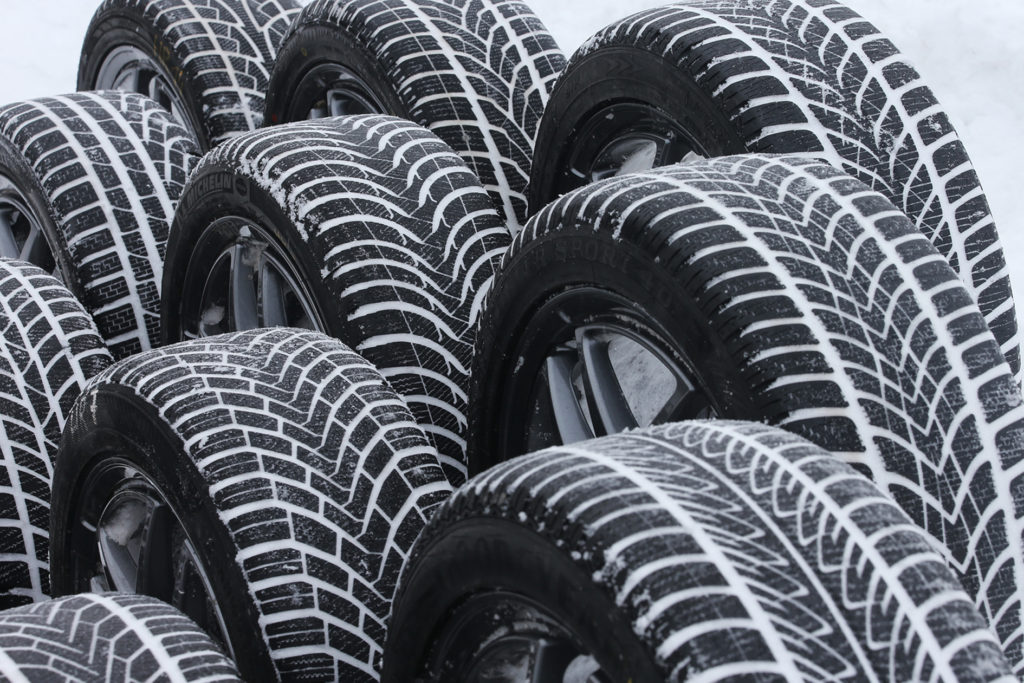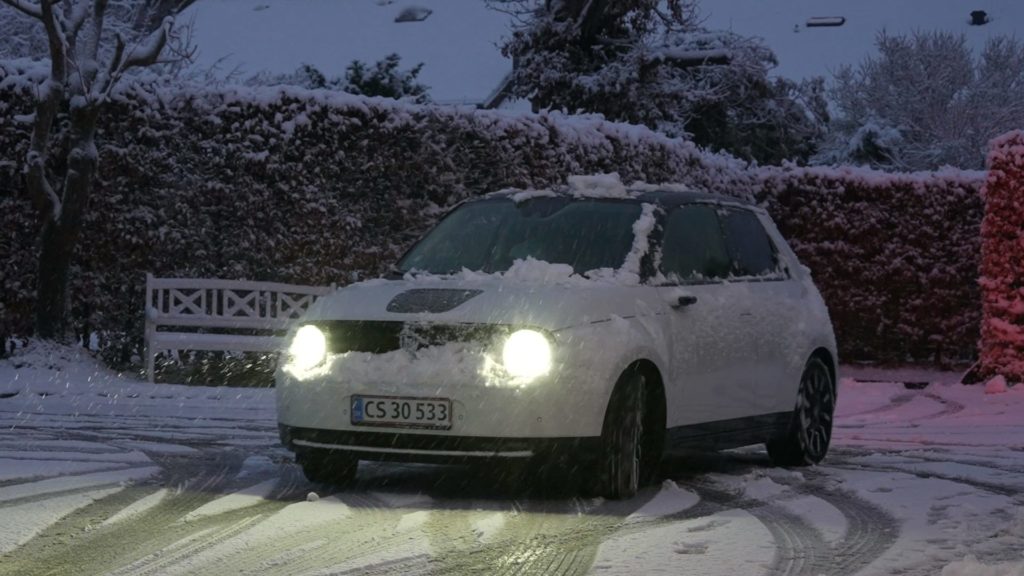Now it’s really time to get the winter tires on. Here is your complete guide to winter tires.
OF Bilbasen Blog PHOTO PR
In Denmark, choosing the right time to change to winter tires is crucial for safe driving in the cold months. With changing weather conditions, it’s important to understand when it’s time to switch to winter tires to ensure optimal grip and safety.
This article explains when you should consider fitting winter tires to your car in Denmark.
No fixed date – the weather decides!
In contrast to some other countries, Denmark has no set date for when drivers must switch to winter tyres. Instead, it is recommended to change tires based on the weather.
In general, the guidelines say that when the temperature regularly starts to drop to around or below 7 degrees Celsius, it’s time to switch to winter tires.
This is because winter tires are designed to perform better at low temperatures and on snowy or icy roads.

Recommended period for winter tires
Although there is no set date, most Danish drivers drive with winter tires in the period November to April. This period usually covers Denmark’s coldest months, when the risk of frost and snow is greatest.
By changing your tires for this period, you are better prepared for sudden temperature drops and slippery roads.
The importance of choosing the right tires
Choosing the right winter tires is just as important as the timing of the tire change. Winter tires are specially designed with deeper grooves and special rubber compounds that improve grip on wet and cold surfaces.
It is important to ensure that your winter tires are in good condition and the tread depth is legally required, which in Denmark is a minimum of 1.6 mm, while a depth of 3 mm or more is recommended for optimal safety.

Legal requirements and safety tips
In Denmark, there is no legal requirement for the use of winter tires, but it is considered the best practice to ensure safety on the roads during the winter months.
It is important to remember that winter tires are not only for snowy weather, but also improve safety in low temperatures and wet roads.
In addition to the tire change, you should also ensure that the tire pressure is correct and that the car is generally winter-ready with antifreeze and functioning lights and climate system.
